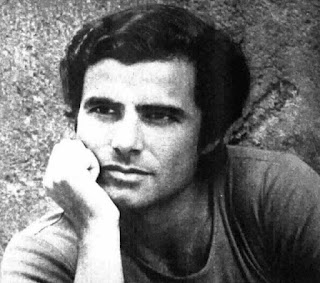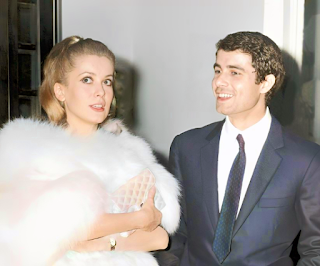Kidnapping of Pope Boniface VIII
When the Pope was slapped down by a disgruntled landowner
An army, representing King Philip IV of France and the anti-papal Colonna family, entered Anagni in Lazio and captured Pope Boniface VIII inside his own palace on this day in 1303. The Pope was kept in custody for three days and was physically ill-treated by his captors until the local people rose up against the invaders and rescued him. Boniface VIII returned to Rome, but he was physically and mentally broken after his ordeal and died a month later. The Pope had been born Benedetto Caetani in Anagni in 1230. He became Pope Boniface VIII in 1294 after his predecessor abdicated. He organised the first Catholic Jubilee Year to take place in Rome in 1300 and founded Sapienza University in the city in 1303, the year of his death. But Boniface VIII is mainly remembered for his conflicts with Philip IV of France. In 1296 Boniface VIII issued the bull Clericis Laicos which forbade under the sanction of automatic excommunication any imposition of taxes on the clergy without express licence by the Pope. Then in 1302 he issued a bull proclaiming the primacy of the Pope and insisting on the submission of the temporal to the spiritual power. Read more…
_______________________________________
Genoa Cricket and Football Club
Italy's historic first football club
Italy's oldest surviving football club was founded on this day in 1893 in Genoa. Originally named Genoa Cricket and Athletic Club, it was established by British Consular officials and for a number of years football was a minor activity. Initially, Italians could not be members. Football became more its focus after an English maritime doctor, James Spensley, arrived in Genoa in 1897 and organised a match against Football Club Torinese, which had been formed in Turin in 1894. Spensley insisted the club's rules be altered to allow Italians to play. The match took place in January 1898 and although the attendance was only around 200 spectators, it was deemed a success by those who took part, particularly the Turin side, who won. After a return match, plans were drawn up to form an Italian Football Federation and to organise a first Italian Championship. Genoa were the inaugural champions, although only four teams took part and the competition was completed in the course of one day, in May, at the Velodromo Umberto I in Turin. Spensley's team beat Internazionale of Milan in the final. Read more…
_____________________________________
Giuseppe Gioachino Belli – poet
Sonnet writer satirised life in 19th century Rome
The poet Giuseppe Gioachino Belli was born on this day in 1791 in Rome and was christened Giuseppe Francesco Antonio Maria Gioachino Raimondi Belli. He was to become famous for his satirical sonnets written in Romanesco, the dialect of Rome. After taking a job in Civitavecchia, a coastal town about 70km (44 miles) northwest of Rome, Belli’s father moved the family to live there, but after he died - of either cholera or typhus - his wife returned to Rome with her children and took cheap lodgings in Via del Corso. Living in poor circumstances, Belli began writing sonnets in Italian at the suggestion of his friend, the poet Francesco Spada. In 1816, Belli married a woman of means, Maria Conti, and went to live with her in Palazzo Poli, the palace that forms the backdrop to the Trevi Fountain. This gave him the freedom to develop his literary talents. They had a son, Ciro, in 1824. The palace was Belli’s home for 21 years, from 1816 to 1837, but he was able to travel to other places in Italy where he came into contact with new ideas. It was during a stay in Milan that he first encountered dialect poetry and satire. Read more…
______________________________________
Book of the Day: Papal Genealogy: The Families and Descendants of the Popes, by George L Williams
The papacy has often resembled a secular European monarchy more than a divinely inspired institution. Roman pontiffs bestowed great wealth on their families and forged strategic alliances with other powerful families to increase their power. Pope Alexander VI (Rodrigo Borgia), for example, forced his daughter Lucrezia into a series of marriages for political reasons. When her marital alliance was no longer advantageous, as was the case in her second marriage, her husband was brutally murdered. Many papal families also intermarried in hopes of forming a hereditary papacy; at least two members of the Fieschi, Piccolomini, Della Rovere, and Medici families served as pope. Papal families since the early history of the church are fully covered in this comprehensive work. Papal Genealogy’s genealogical charts graphically show the descendants of the popes, presenting in many cases the interrelationships between the papal families and their relationships with many of the leading families of Europe. Detailed histories examine the impact of the papacy on each pope's family and how each influenced the history of the church.George L Williams was a historian, educator, and former Fulbright scholar to Italy, who lived in New York. His other books include Fascist Thought and Totalitarianism in Italy's Secondary Schools: Theory and Practice, 1922-1943.
Booking.com



.jpg)



.jpg)










